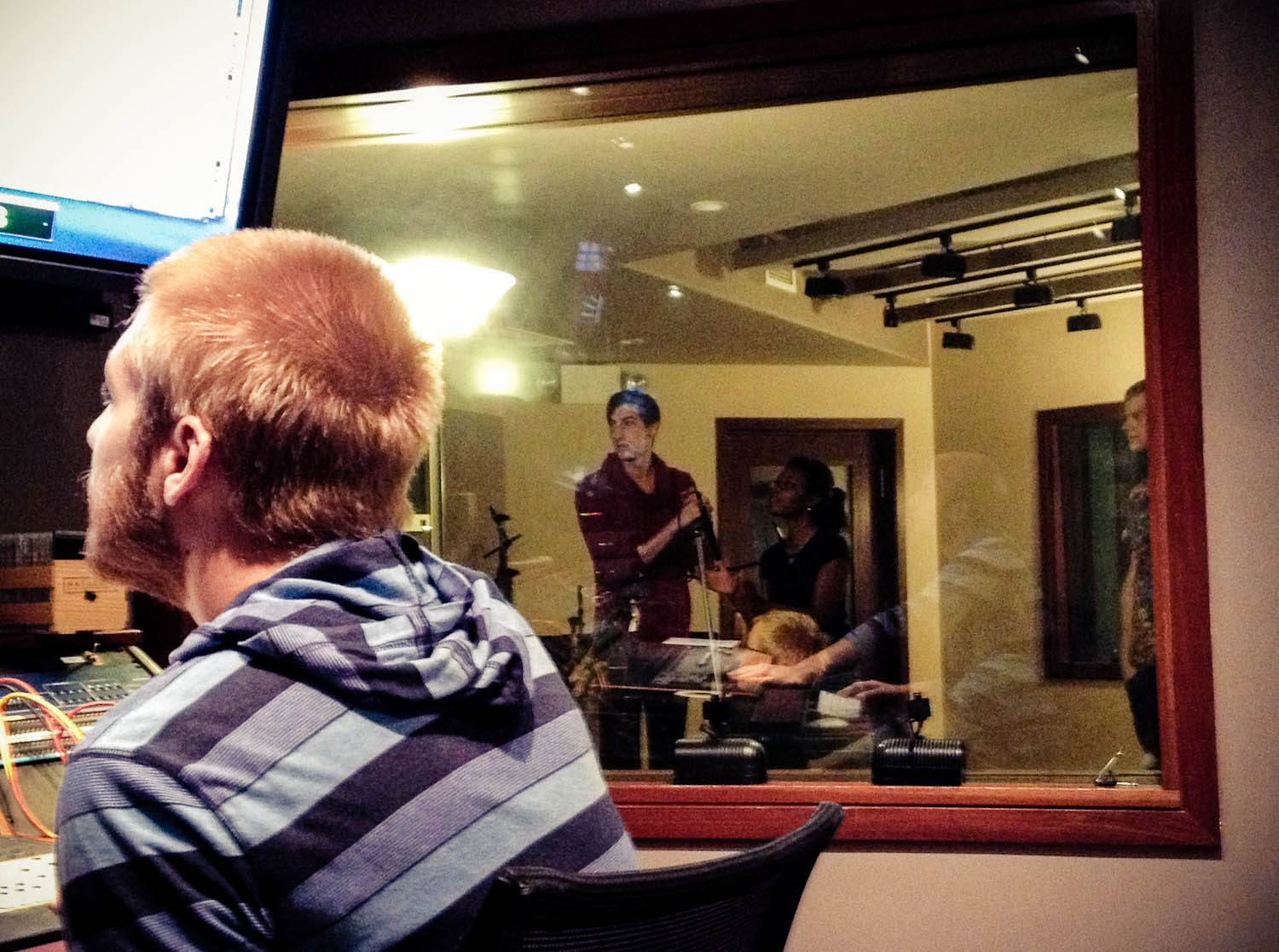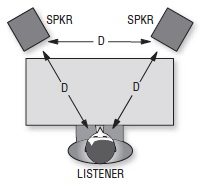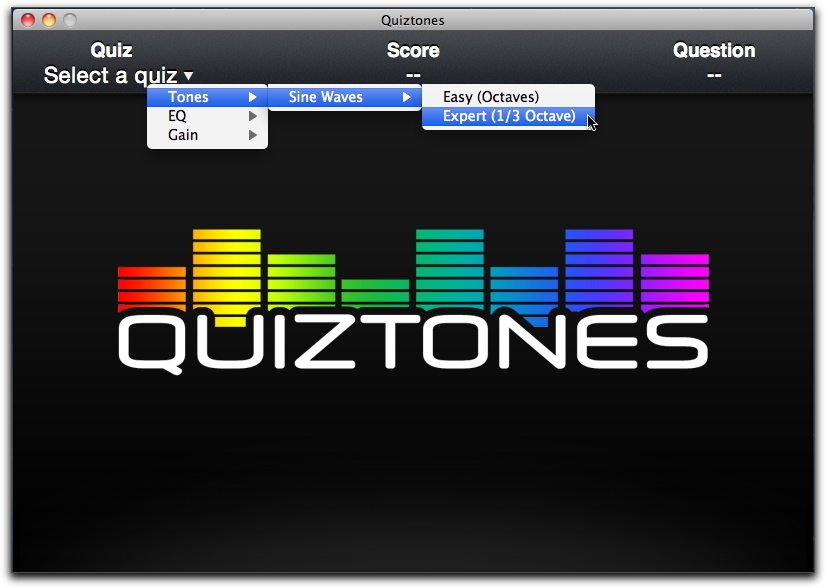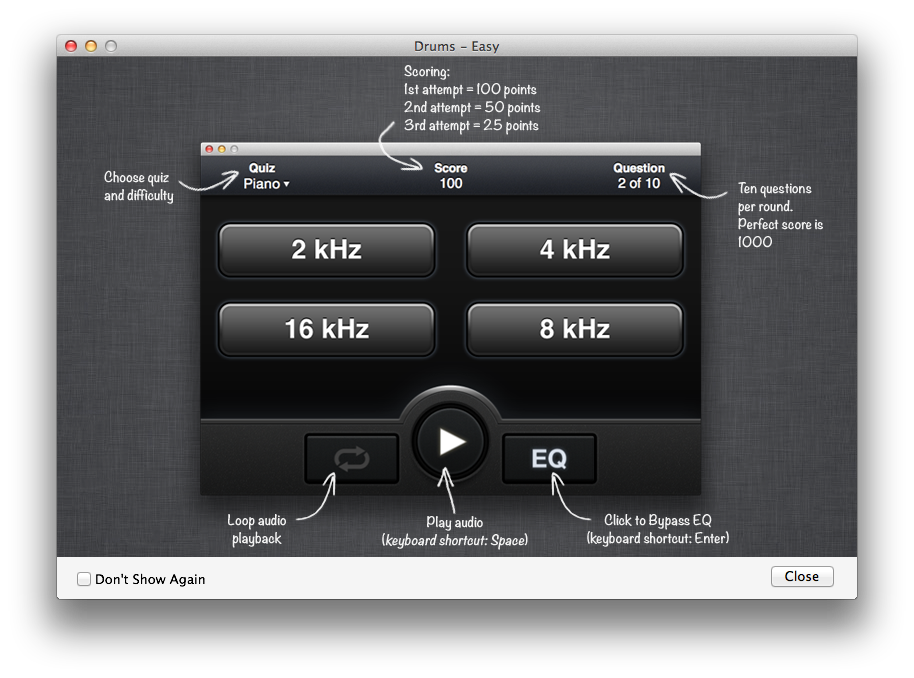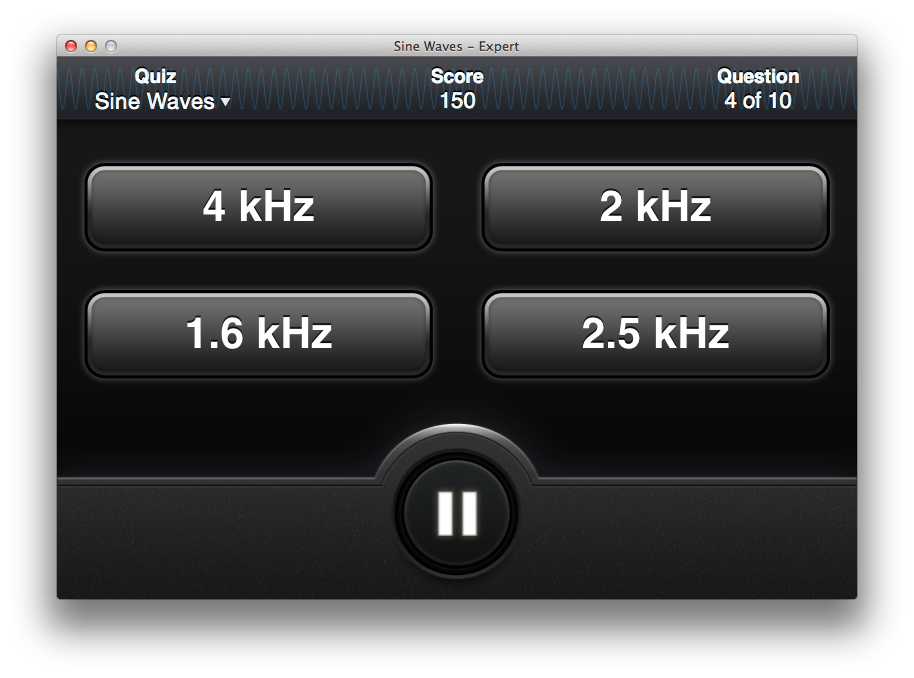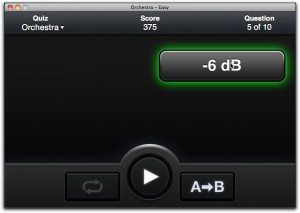This year at the 133rd Audio Engineering Society Convention, Focal Press hosted an Author Panel on the main Project Studio Expo Stage where Focal authors discussed whether “project studios can really get pro results?”
The panel featured the likes of Mike Senior (Mixing Secrets for the Small Studio), Will Pirkle (Designing Audio Effect Plugins in C++), Jay Kadis (The Science of Sound Recording), Dr. William Moylan (Understanding and Crafting the Mix, 2e), and David Miles Huber (Modern Recording Techniques, 7e). I’m very grateful that Focal Press asked me to moderate this panel, which truly was a wonderful session for all in attendance.
Though we had only an hour, the panel engaged in an amazingly lively discussion which ran the gamut from engineer training and experience to distribution and equipment quality today. We truly could have talked for hours, thanks in part to the fabulous questions submitted by our audience members ahead of time (thank you!) and were very privileged to speak to the sizable audience on Saturday, October 27. With any luck, we’ll see the Project Studio Expo as a permanent fixture at AES Conventions from now on so look for us to return next year. For now, I leave you with a few images from our panel.
As always, if you have questions that we didn’t get to as part of the panel, I’d invite you to leave them in the comments below reach out or via twitter @KylePSnyder.
